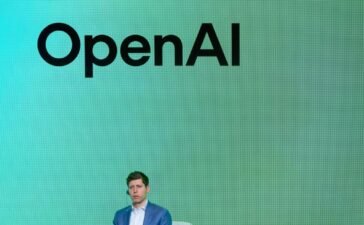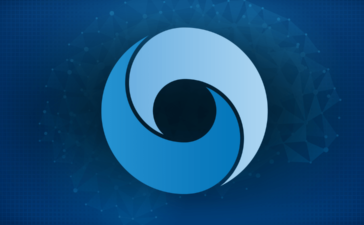Tesla CEO Elon Musk said Wednesday his company will launch a paid ride-hailing robotaxi service in Austin, Texas using its own fleet vehicles this coming June — the latest in a long line of sky-high promises he has yet to meet about autonomy.
Musk was otherwise unsurprisingly light on details. During an earnings call, Musk said there will be no drivers in the cars, which will use the yet-to-be-released “unsupervised” version of its Full Self-Driving software. He also said he expects the unsupervised FSD software to be released to owners in California and “many regions of the U.S.” this year. But the idea of owners adding their own cars to the Tesla ride-hail fleet won’t happen until at least next year, Musk said.
The CEO then called 2025 “maybe the most important year in Tesla’s history.”
Musk first teased the idea of starting up a paid self-driving service back in October when Tesla revealed its purpose-built Cybercab prototype, which has no steering wheel or pedals. He said at the time that Tesla was looking to launch an early version of the ride-hailing service in Texas and California in 2025 using Model Y SUVs and Model 3 sedans.
Bloomberg News recently reported that Tesla was in talks with Austin city officials to make that happen. The city’s press office did not immediately respond to a request for comment.
Musk said Wednesday that Tesla is “putting our toe in the water gently at first, just to make sure everything’s cool,” but didn’t offer any further detail about what that means. Tesla has been testing the performance of unsupervised FSD software on its factory grounds in Texas, he said — a location that has far less complexity than a real-world environment.
“Then, you know, put a few more toes in the water, then put a foot in the water, with safety of the general public and those in the car as a top priority,” he said.
Musk said Tesla is “looking for a safety level that is significantly above the average human driver,” but did not specify how Tesla is making that measurement.
The company has long published a so-called “vehicle safety report” on its website that shares the number of miles traveled between crashes on Autopilot, its less capable driver assistance software. The company compares that number to an overall government crash figure for human drivers. But there are a number of problems with this comparison. Much of Autopilot driving happens on highways and not on surface streets. Tesla also does not offer any detail about the conditions or severity of these crashes.
This story has been updated with more details from the earnings call.
You Might Also Like
Chinese marketplace DHgate becomes a top US app as trade war intensifies
The Trump trade war has gone viral on TikTok, pushing a Chinese e-commerce app, DHgate, to the top of the...
Hertz says customers’ personal data and driver’s licenses stolen in data breach
Car rental giant Hertz has begun notifying its customers of a data breach that included their personal information and driver’s...
OpenAI plans to phase out GPT-4.5, its largest-ever AI model, from its API
OpenAI said on Monday that it would soon wind down the availability of GPT-4.5, its largest-ever AI model, via its...
Google’s newest AI model is designed to help study dolphin ‘speech’
Google’s AI research lab, Google DeepMind, says that it has created an AI model that can help decipher dolphin vocalizations,...










